Steven Bottone
Northrop Grumman Corporation
The Dynamical Principles of Storytelling
Sep 29, 2023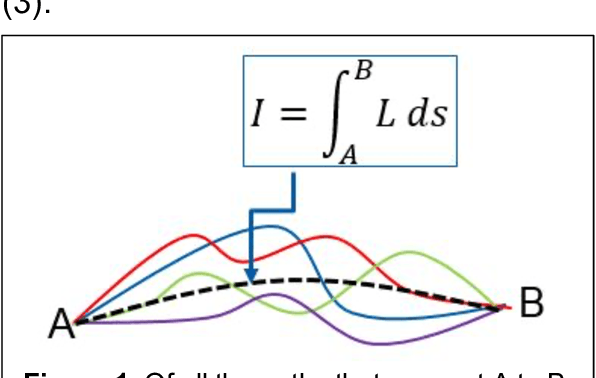
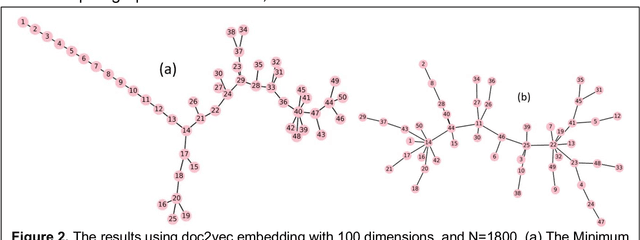
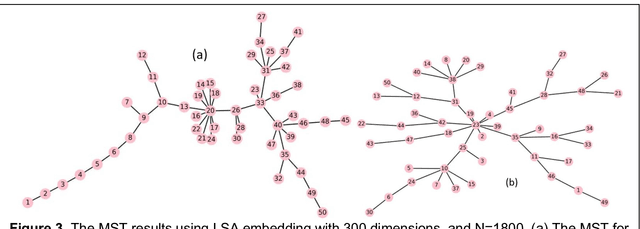
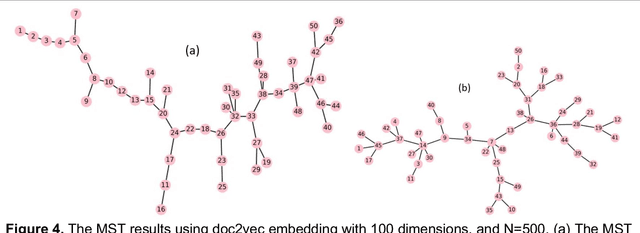
Abstract:When considering the opening part of 1800 short stories, we find that the first dozen paragraphs of the average narrative follow an action principle as defined in arXiv:2309.06600. When the order of the paragraphs is shuffled, the average no longer exhibits this property. The findings show that there is a preferential direction we take in semantic space when starting a story, possibly related to a common Western storytelling tradition as implied by Aristotle in Poetics.
Narrative as a Dynamical System
Sep 06, 2023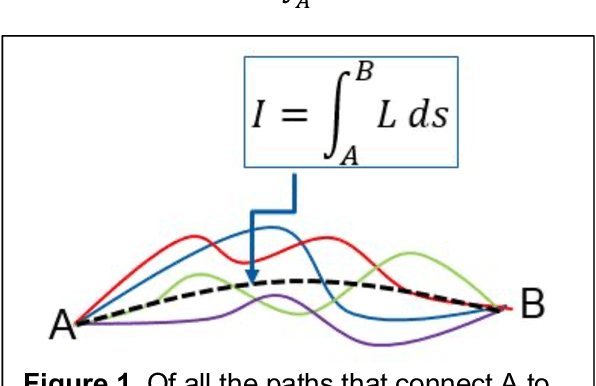
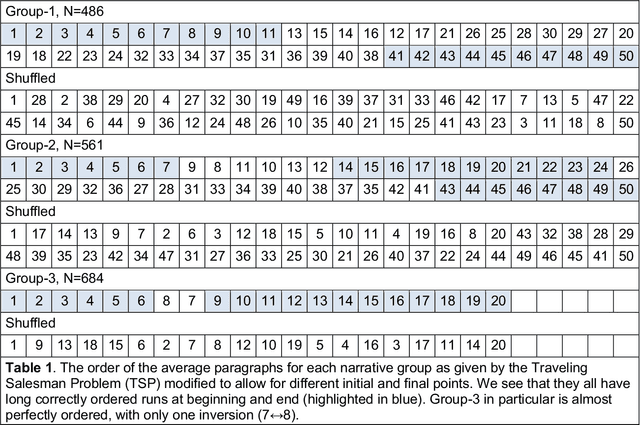

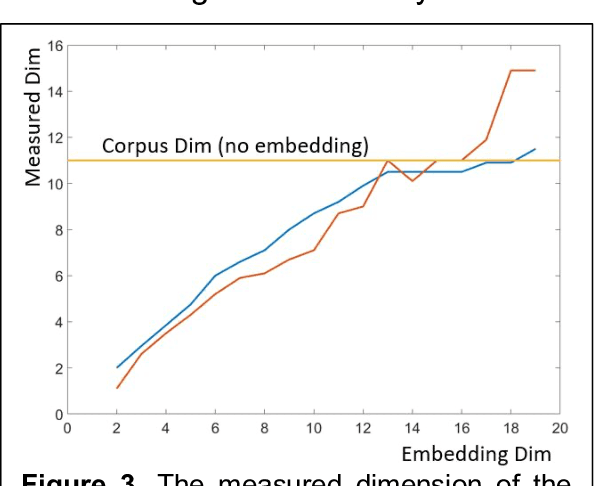
Abstract:There is increasing evidence that human activity in general, and narrative in particular, can be treated as a dynamical system in the physics sense; a system whose evolution is described by an action integral, such that the average of all possible paths from point A to point B is given by the extremum of the action. We create by construction three such paths by averaging about 500 different narratives, and we show that the average path is consistent with an action principle.
Interference Cancellation GAN Framework for Dynamic Channels
Aug 17, 2022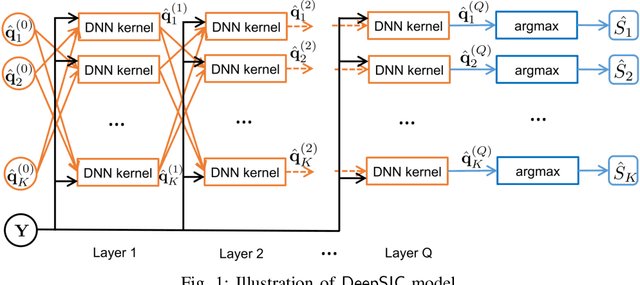

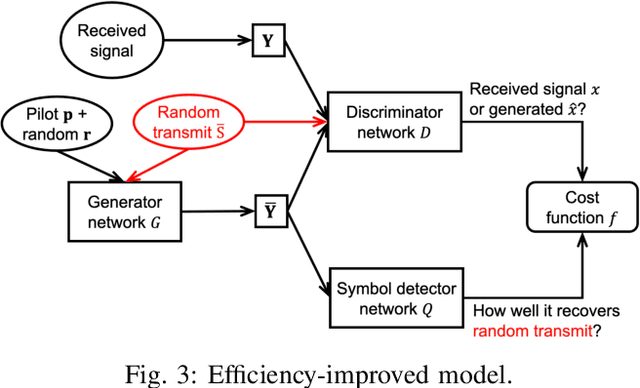
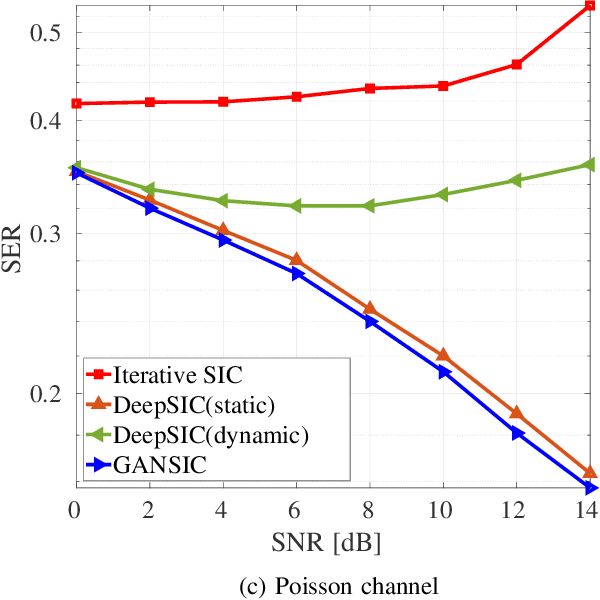
Abstract:Symbol detection is a fundamental and challenging problem in modern communication systems, e.g., multiuser multiple-input multiple-output (MIMO) setting. Iterative Soft Interference Cancellation (SIC) is a state-of-the-art method for this task and recently motivated data-driven neural network models, e.g. DeepSIC, that can deal with unknown non-linear channels. However, these neural network models require thorough timeconsuming training of the networks before applying, and is thus not readily suitable for highly dynamic channels in practice. We introduce an online training framework that can swiftly adapt to any changes in the channel. Our proposed framework unifies the recent deep unfolding approaches with the emerging generative adversarial networks (GANs) to capture any changes in the channel and quickly adjust the networks to maintain the top performance of the model. We demonstrate that our framework significantly outperforms recent neural network models on highly dynamic channels and even surpasses those on the static channel in our experiments.
Adversarial Neural Networks for Error Correcting Codes
Dec 21, 2021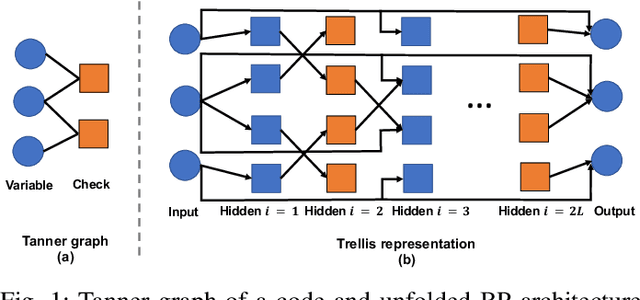
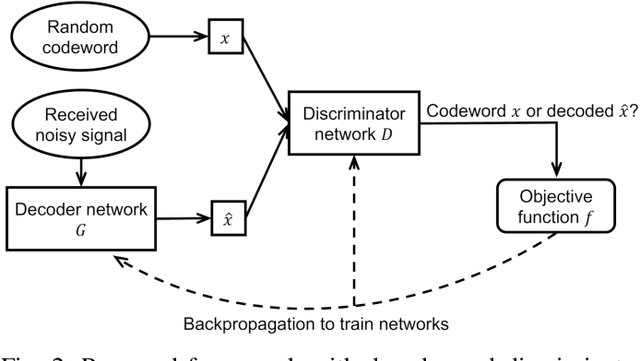
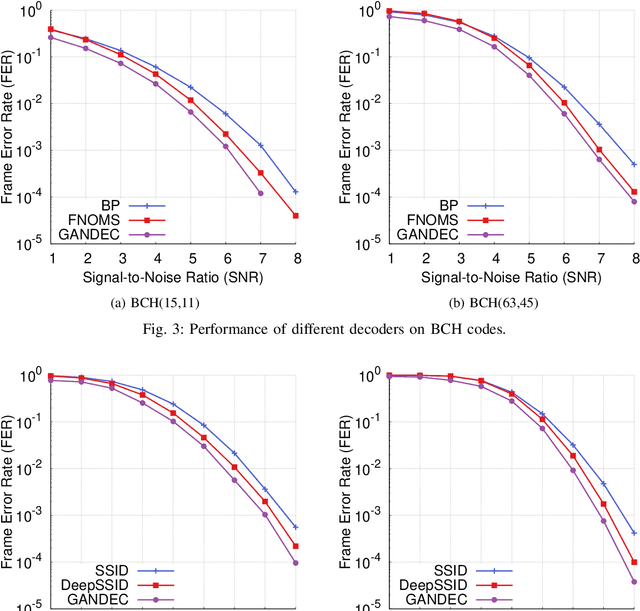
Abstract:Error correcting codes are a fundamental component in modern day communication systems, demanding extremely high throughput, ultra-reliability and low latency. Recent approaches using machine learning (ML) models as the decoders offer both improved performance and great adaptability to unknown environments, where traditional decoders struggle. We introduce a general framework to further boost the performance and applicability of ML models. We propose to combine ML decoders with a competing discriminator network that tries to distinguish between codewords and noisy words, and, hence, guides the decoding models to recover transmitted codewords. Our framework is game-theoretic, motivated by generative adversarial networks (GANs), with the decoder and discriminator competing in a zero-sum game. The decoder learns to simultaneously decode and generate codewords while the discriminator learns to tell the differences between decoded outputs and codewords. Thus, the decoder is able to decode noisy received signals into codewords, increasing the probability of successful decoding. We show a strong connection of our framework with the optimal maximum likelihood decoder by proving that this decoder defines a Nash equilibrium point of our game. Hence, training to equilibrium has a good possibility of achieving the optimal maximum likelihood performance. Moreover, our framework does not require training labels, which are typically unavailable during communications, and, thus, seemingly can be trained online and adapt to channel dynamics. To demonstrate the performance of our framework, we combine it with the very recent neural decoders and show improved performance compared to the original models and traditional decoding algorithms on various codes.
 Add to Chrome
Add to Chrome Add to Firefox
Add to Firefox Add to Edge
Add to Edge